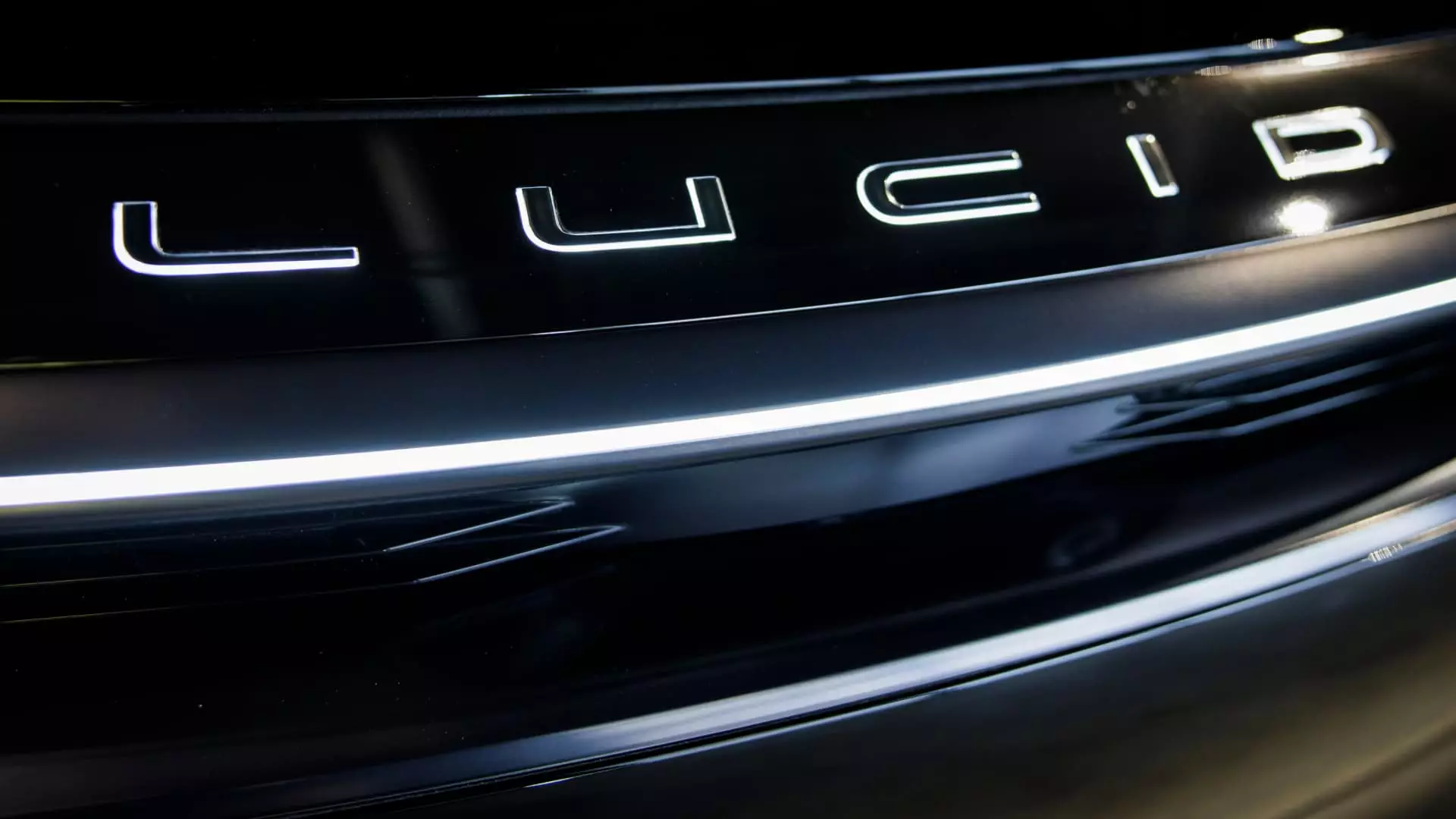Lucid Motors, once heralded as a promising disruptor in the burgeoning electric vehicle (EV) market, now finds itself in a harsh reality check. Despite lofty ambitions, the company’s recent financial disclosures reveal a stark gap between expectations and performance, exposing the difficulties faced by even the most innovative newcomers in an increasingly competitive industry. Their latest earnings report underscores ongoing struggles with scaling production, managing costs, and cultivating consumer demand amid a shifting regulatory landscape.
This shortfall doesn’t merely reflect a temporary hiccup; it exposes fundamental flaws in Lucid’s growth strategy. The company has repeatedly emphasized its luxury positioning and technological innovation as key differentiators. However, these attributes seem insufficient in shielding it from supply chain disruptions, market slowdowns, and the brutal realities of consumer preferences veering away from high-priced EVs to more affordable hybrids. Lucid’s decision to downgrade its full-year production forecast from 20,000 to a mere 18,000-20,000 vehicles clearly indicates the mounting challenges that threaten its vision of becoming a top-tier EV manufacturer.
Financial Softness and Strategic Miscalculations
The quarterly financial figures paint a bleak picture. With a net loss surpassing $855 million and revenue falling short of analyst expectations, Lucid’s financial health looks more fragile than it has in recent quarters. While it boasts nearly $5 billion in liquidity—an impressive war chest—the company’s cash burn rate, driven by ongoing R&D, marketing campaigns, and ramp-up costs for new models like the Gravity SUV, leaves questions about sustainable growth.
The company’s expense increase of 7.5% signals a management grappling with operational inefficiencies and supply chain bottlenecks. It’s no secret that global logistics have skewered production schedules, but Lucid’s specific struggles highlight a broader industry vulnerability: the high cost of innovation coupled with fragile global supply chains. Their disappointment in not accelerating Gravity’s production as anticipated underscores the risks involved in pioneering new technological paths in a volatile environment.
This financial fragility is compounded by a market that is increasingly skeptical of the electric car boom. Investors, already wary after years of high-profile failures and overhyped valuations, are quick to penalize companies that miss targets or show signs of instability. Lucid’s stock decline, almost 19% year-to-date, reflects growing investor nervousness and the realization that achievement in the EV sector demands more than just technological prowess—it requires flawless execution and predictable supply chains.
Market Conditions and Policy Risks: A Double-Edged Sword
The broader market and policy environment compound Lucid’s woes. While EVs remain a vital component of a sustainable transportation future, immediate headwinds threaten to undermine progress. The impending termination of the federal $7,500 tax credit—set to end after September 30—poses a severe obstacle to consumer affordability, especially as cheaper hybrids gain ground. This policy shift may blunt the demand for premium EVs like Lucid’s Air and Gravity, which are priced well above average consumers’ comfort zones.
Additionally, the company’s partnership with Uber to deploy robotaxis represents a visionary yet risky gambit. While strategic collaborations can catalyze growth, they also involve substantial investment with uncertain returns amid fluctuating market preferences and regulatory environments. The investment in brand building, including celebrity endorsements featuring Timothée Chalamet, suggests Lucid is attempting to manufacture demand through hype rather than solid market fundamentals—a gamble that may not sustain in the face of economic pressures.
In essence, the company’s current trajectory reveals a broader challenge faced by the entire EV sector: balancing innovation and scale with profitability and market acceptance. Lucid’s story illustrates that technological excellence is insufficient without a viable economic model and resilient supply chains—elements that remain elusive despite the company’s lofty ambitions. As the industry shifts, and regulatory headwinds threaten consumer incentives, Lucid’s struggles serve as a cautionary tale for aspiring EV giants aiming to leapfrog entrenched competitors.

